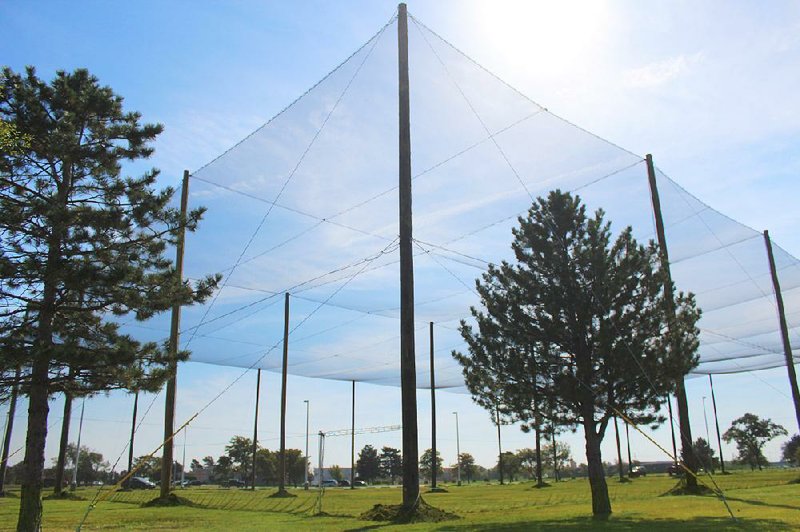When photojournalist Brian Emfinger used a drone in April 2014 to capture aerial footage for a television station of the destruction left by a tornado, he drew the attention of federal regulators.
At the time, the use of drones, or unmanned aerial vehicles, for commercial use -- including for news purposes -- was prohibited by the Federal Aviation Administration.
Last week, more than a year after the tornado, Emfinger announced that he had been issued a certificate from the FAA allowing him to use a drone for news gathering news-gathering. There's just one hitch: he needs a pilot's license.
"I'm probably not going to pay personally, $3,000 to $9,000 to get a pilot's license when in 2017, I might not need to have that," he said. "Unless I can figure out a way to kind of offset those costs, I'm really not interested in doing it."
Under current regulations, a commercial drone operator must obtain a certificate from the FAA and be a licensed pilot.
"It's rather overly burdensome and it's not common sense," said Mickey Osterreicher, general counsel for the National Press Photographers Association, about the pilot's license requirement. "The only way that news organizations can use drone footage is to acquire it from somebody else."
The FAA's rules do not distinguish between journalists and other commercial users, said Lynn Lunsford, spokesman for the agency.
"If you're flying the aircraft in a moneymaking venture you have to comply with a number of restrictions and part of that usually includes a pilot's license," he said.
The FAA has proposed new rules for drones that wouldn't require commercial users to hold a pilot's license, but industry members say the rules are still a least a year away from being implemented.
Industry members say drones can be useful tools for journalists because they are cheaper than helicopters and can provide different visual perspectives and context -- such as capturing the extent of damage from a natural disaster. But until the new rules are in place, the drone's place in journalism is limited.
"Right now unless you have somebody who has a pilot's license on staff, it wouldn't make economic sense right now," Emfinger said.
Asked if KATV, Channel 7 in Little Rock, or its parent company, Sinclair Broadcast Group Inc., would pay for Emfinger to get a pilot's license, News Director Nick Genty said: "I would have to discuss with my people here and see where we take that."
KATV is not using drones for news-gathering.
"We want to gather news the best way we can. If drones are in that mix we want to do it," Genty said. "I think there's definitely a place for drones in journalism."
News organizations must decide if it's worth spending thousands of dollars and several months training for a pilot's license so a reporter can fly a drone for a year or a year and a half until new rules are in place, said Matt Waite, founder of the Drone Journalism Lab for the College of Journalism and Mass Communications at the University of Nebraska-Lincoln.
Waite, who was a reporter for the Arkansas Democrat-Gazette in the late 1990s, said he was awarded his pilot's license a month ago.
He said large television stations have been able to use drones in their reporting because they already employ pilots. CNN used a drone earlier this year for its coverage of the 50th anniversary of the Selma march over the Edmund Pettus Bridge in Alabama.
"For a lot of others it's not worth it," Waite said. "Once the new rules come in place, I honestly think they will be in every newsroom."
SundayMonday Business on 11/02/2015
